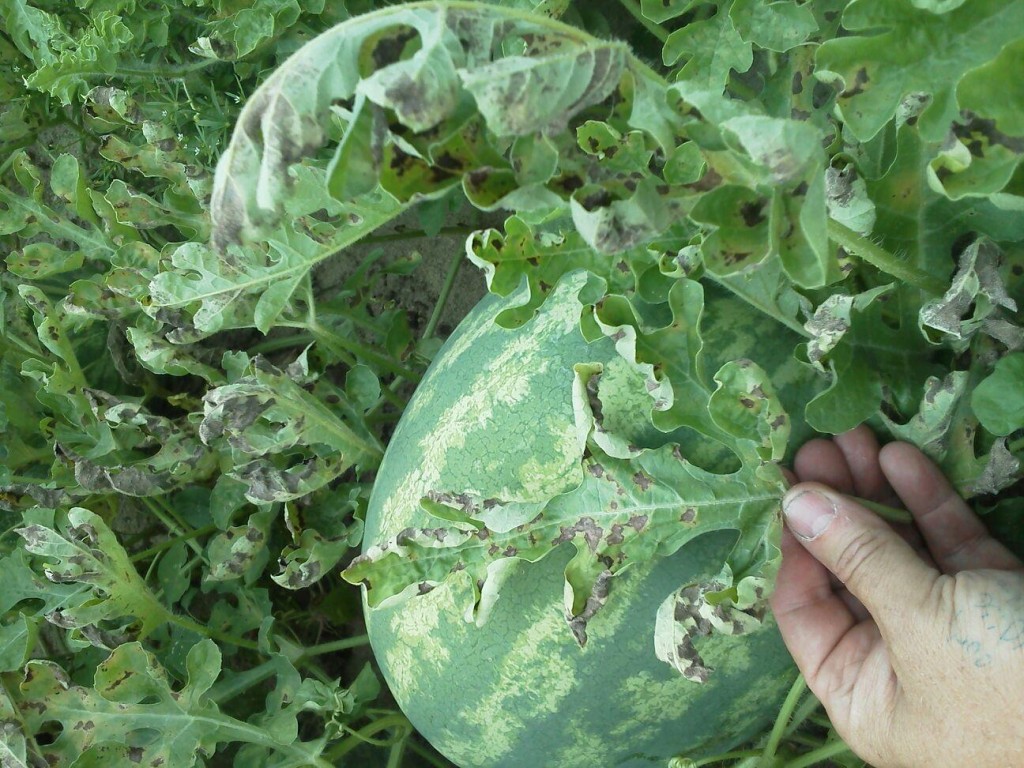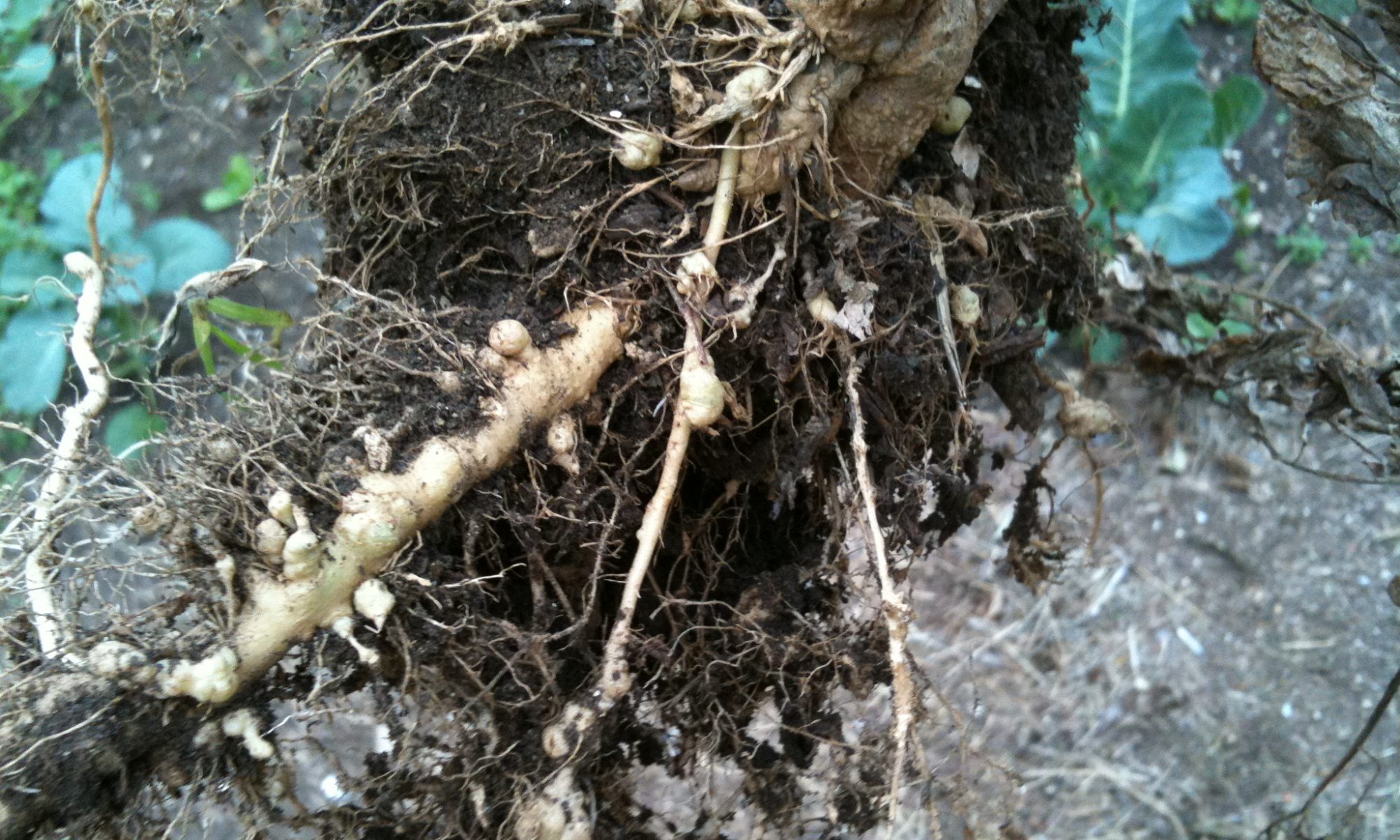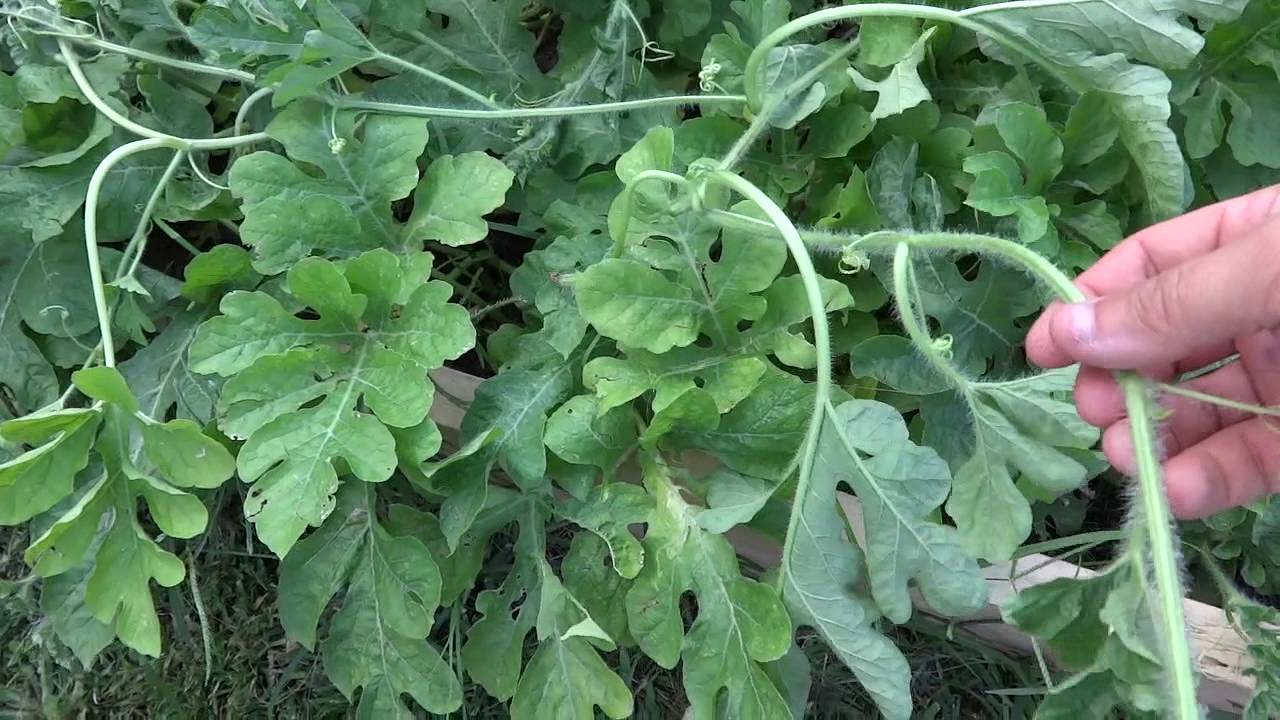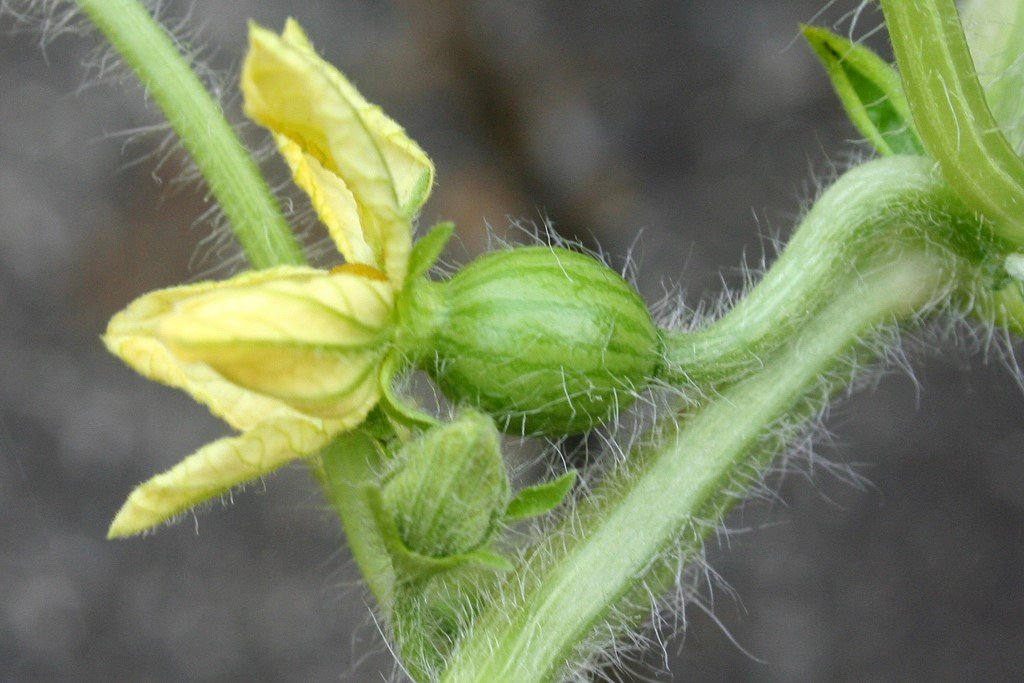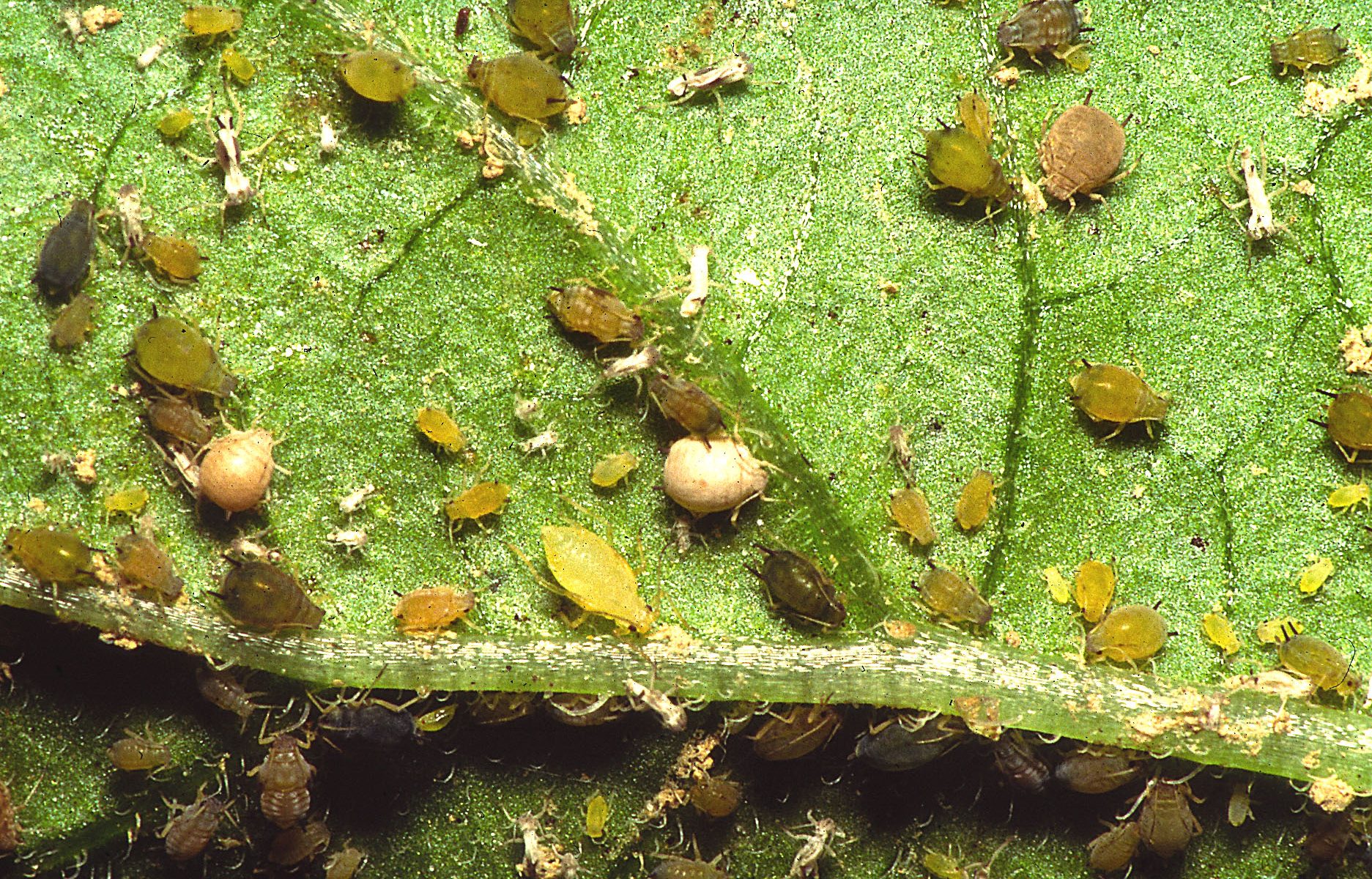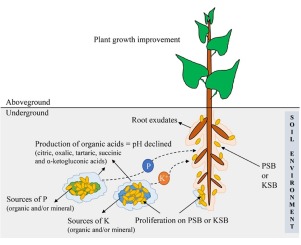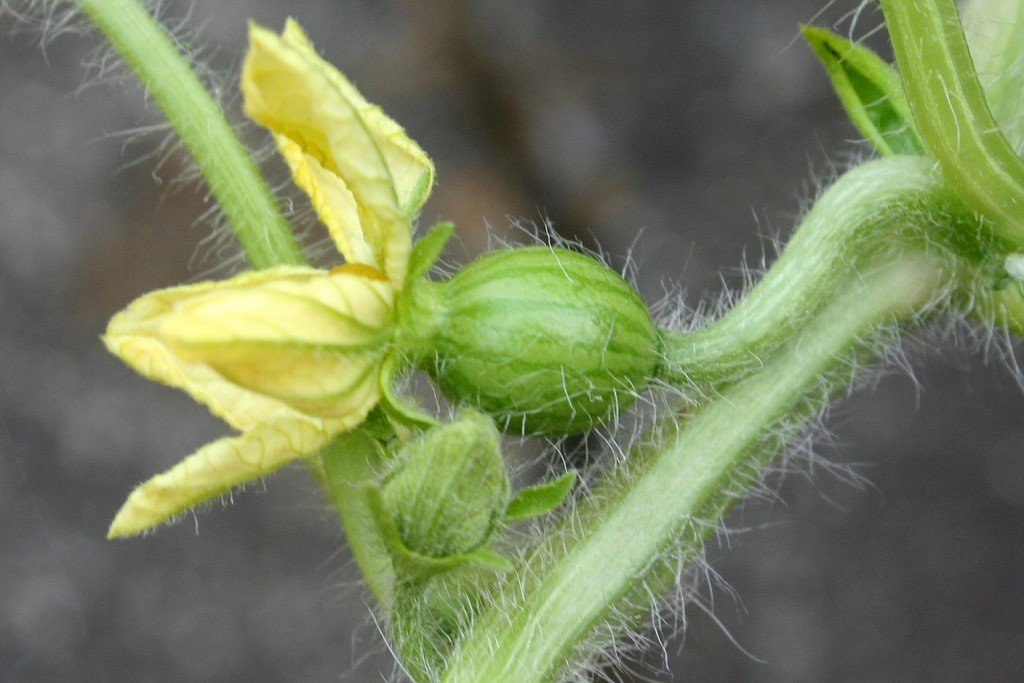- Clean cultivation and crop rotation minimize disease incidence.
- Treat the seed with Carbendazim 50% WP @ 2.5 gm/kg.
- Spray Mancozeb 75% WP @ 400 gm/acre or chlorothalonil 75% WP @ 300 gm/acre at 10 days intervals.
Like and share with other farmers by clicking on button below.
Share

